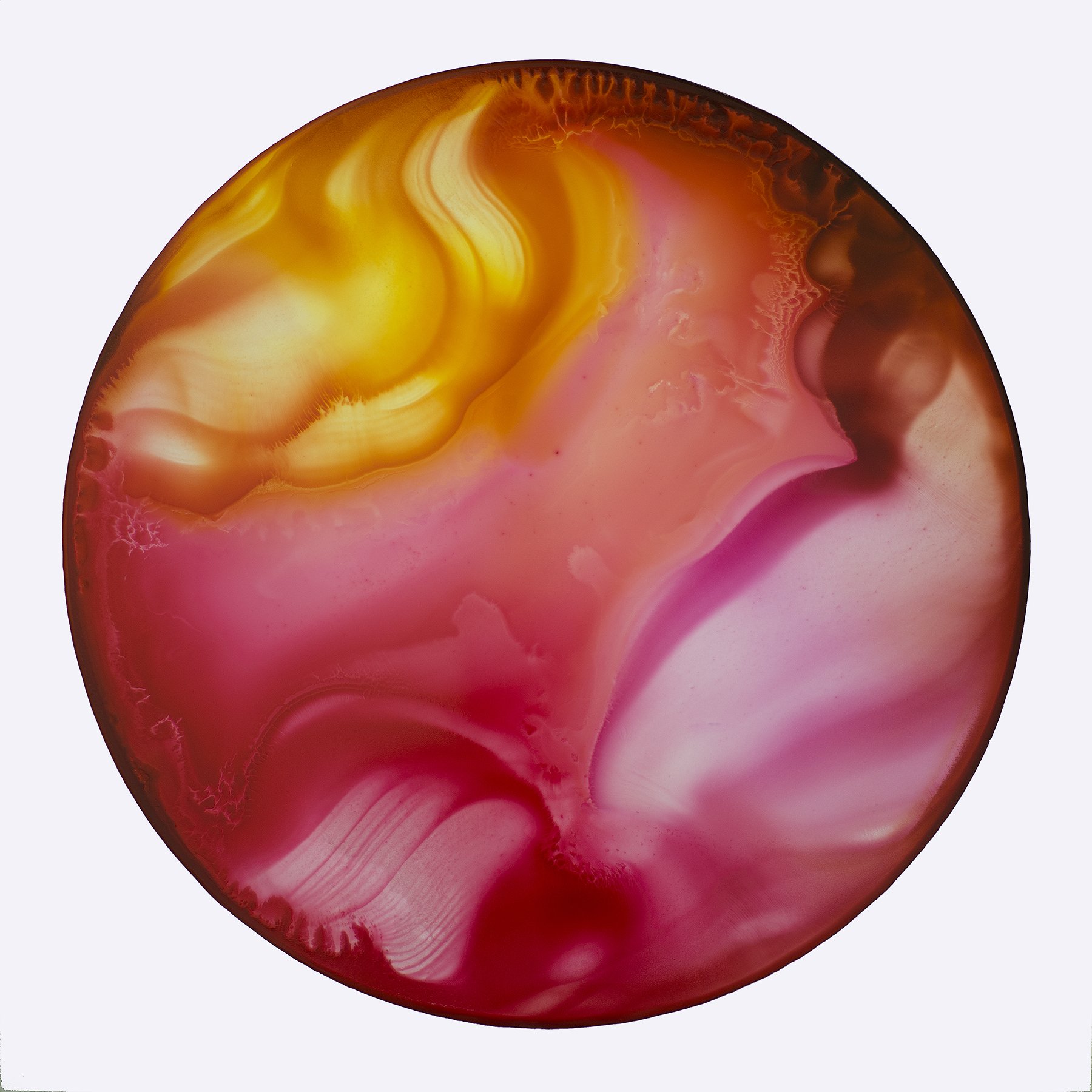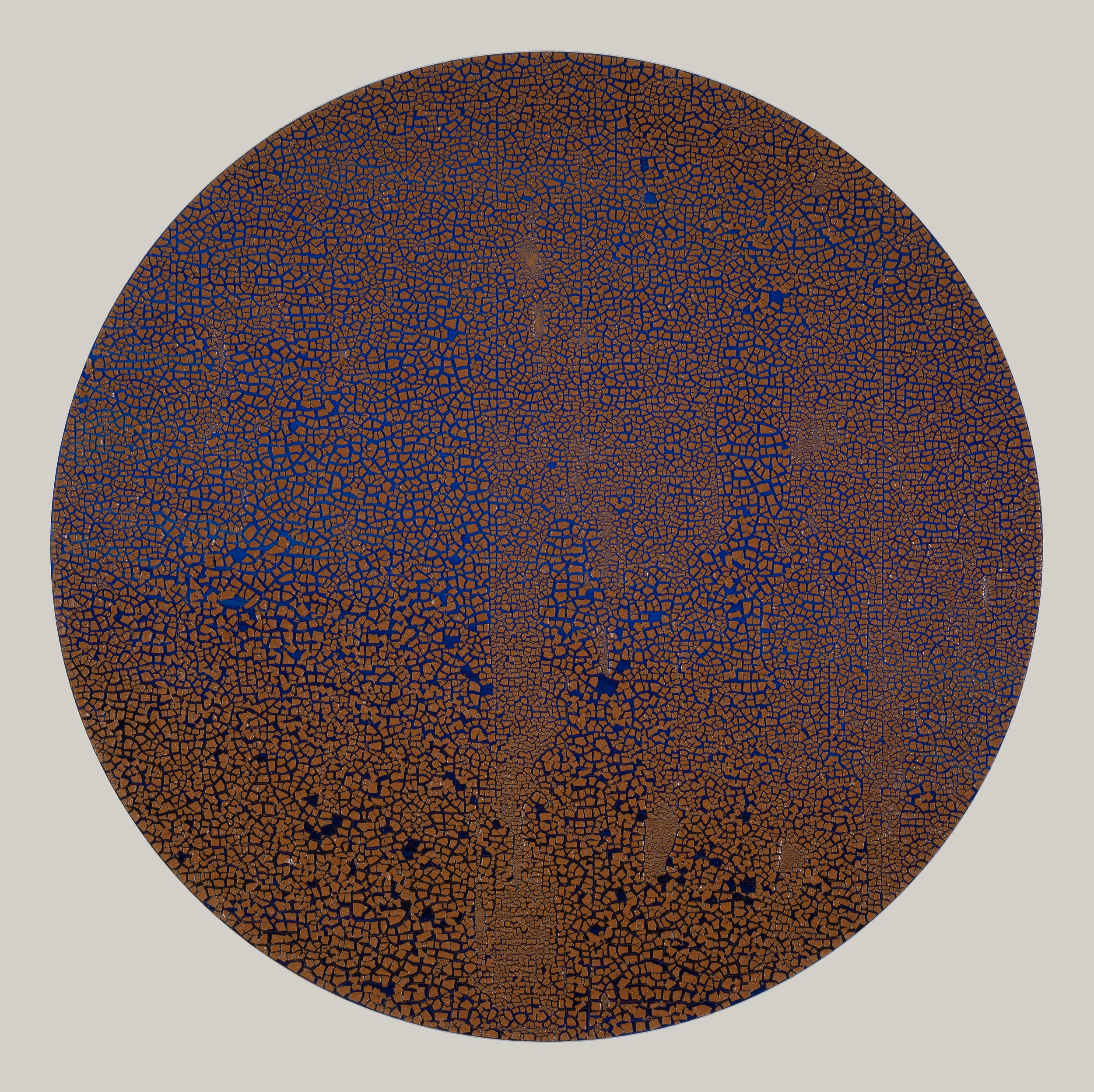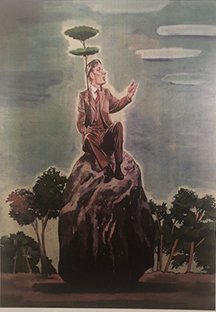October 2023
Telluride Arts HQ East
220 W Colorado Ave
Telluride, Colorado 81435
Open 12pm - 6pm Most Days
Nicky Nodjoumi Bio:
Nikzad Nodjoumi (b. 1942), known as Nicky, is an artist who has always taken notice of political and social contexts, depicting the relationship between power and violence in his paintings in more than his 6 decades of artistic activity.
A recurring element in his artworks is the suited men as a symbol of the world's statesmen and politicians. Perhaps at first glance, the atmosphere of his paintings may appear unfamiliar or even humorous yet the humor is bitter and critical, stemming from the heart of history, politics, and the news.
Born in Kermanshah, Nodjoumi imitated the works of Russian painters in his adolescence; following a friend's advice, he withdrew from copying and resorted to landscape painting. After finishing high school, he moved to Tehran to major in painting at the Faculty of Fine Arts.
In 1967, having graduated from university, he displayed his artworks in a group show at Ghandriz Gallery for the first time. Between 1963 and 69, he collaborated with the Institute for the Intellectual Development of Children and Young Adults as an illustrator. The book, "The Crystal Flower and the Sun", illustrated by Nodjoumi was honored at the Bologna Children's Book Fair in Italy in 1969.
Being an excellent student during his university years, he managed to receive a scholarship. He wished to go to France to continue his studies, but the political and social condition of France at the time prevented him from going. When he was 28 years old, he traveled to the US and attended the City College of New York to further his education in painting. After completing his master's degree, Nodjoumi returned to Iran in 1974. Due to his political activities in the US, he was banned from teaching at university; however, he continued to display his artworks regularly in Iran until 1978. In 1980, he immigrated to the US forever. During the 80s, despite the common art style in the US being Minimalism, Nodjoumi continued doing figurative painting as his personal language took shape and was developed during those years.
Over the last decades, Nodjoumi has gained a large audience in Iran and other countries. Even though his work has changed drastically, being influenced by the art movements of the day, he has always painted his critical approach, challenging the connection between art and politics.
To depict what he has comprehended from the social and political incidents, he paints images of suited men and disintegrated portraits, disguised faces, clowns, and animals in various positions, adding geometrical patches and surfaces of color on the background of a natural landscape. He displays the human body in pieces or alters a section of the body parts. While not being properly connected and adjusted, the merging of different bodies seems to have given shape to those body parts or clothes. This form of depiction appeared for the first time in his artworks during the US – Iraq war.
Nikzad Nodjoumi's artworks have been featured in a myriad of solo and group shows, and museums worldwide, especially in the US. In 2003, Stefan Stux Gallery presented his work at the Armory Show. In 2008, he collaborated with Shirin Neshat on the curatorial project, "Ardeshir Mohassess: Art and Satire in Iran", held at the Asia Society Museum in New York.
In 2015, Nodjoumi's work was featured in the group show, "Bazm and Razm: Feast and Fight in Persian Art", held at the Metropolitan Museum of Art in New York, and in 2020, his work was presented by Aria Gallery at Teer Art. Some of his artworks are currently housed in well-established permanent collections of museums such as Met in New York, the British Museum in London, and Guggenheim in Abu Dhabi.
Links:
https://darz.art/en/artists/nikzad-nodjoumi
https://tribecafilm.com/films/revolution-on-canvas-untitled-nicky-nodjoumi-2023
Artist Statement:
Nicky Nodjoumi’s large-scale oil paintings explore the legacies of personal and collective trauma—including the artist’s own experiences of the Islamic republic from which he was displaced—and ideas of memory and power that loom over present day Iran. Frequently compared to Neo Rauch, Nodjoumi paints flattened, translucent figures that make reference to Persian history, vulnerable or sexualized animals, and Western men inspired by news clippings. He splices bodies onto one another to create a pastiche of history and evoke a sense of violence, while flattening the figures into a virtual space with abstract painterly backgrounds, locating the work in his imagination as much as a recognizable history.
John Sabraw Bio:
Artist John Sabraw was born in Lakenheath, England. An activist and environmentalist, Sabraw’s paintings, drawings and collaborative installations are produced in an eco-conscious manner, and he continually works toward a fully sustainable practice. He collaborates with scientists on many projects, and one of his current collaborations involves creating paint and paintings from iron oxide extracted in the process of remediating polluted streams.
Sabraw’s art is in numerous collections including the Museum of Contemporary Art, Honolulu, the Elmhurst Museum in Illinois, Emprise Bank, Bank of America, and Accenture Corp. He is represented by McCormick Gallery, Chicago, IL; Qualia Contemporary Art, Palo Alto, CA; and Gallery Shtorm, London, UK.
Sabraw is a Professor of Art at Ohio University where he chairs the Painting + Drawing and Digital Art + Technology programs and is Board Advisor at Scribble Art Workshop in New York. He has most recently been featured in TED, Smithsonian, New Scientist, London, Great big Stories, Business Insider, and Time.
Links:
Insta: @john_sabraw
Website: https://www.johnsabraw.com/
Artist Statement
My abstract explorations focus on natural phenomena, the earth’s ecosystem as a whole, and our role within that. This understanding has led me to incorporate ever more sustainable practices in my studio, in my life, and when possible actively engaging the public on the matter.
In this body of work, painstaking painting methods are coaxed into interacting and amalgamating over durations of up to several months. The result is complex, luminous, mysterious paintings that strike a beautiful balance between controlled and organic processes.
These works primarily use water-based paints, dry pigments, and other media. Pigment manufacturers and types are chosen with permanency and sustainability in mind. This goal is more attainable now since I have been partnering with Ohio University engineer Dr. Guy Riefler to develop paints with pigments derived from toxic runoff from abandoned coal mines – acid mine drainage or AMD for short.
Pollution to Paint
In Southeastern Ohio many of the streams run orange. Throughout the first half of the 20th century strip mining and room-and-pillar mining were common throughout this region. Forests were clear cut, soils scraped away, and tunnels dug to remove the coal. A few active coal mines continue in the region, but by the 1970s most of the mining companies had moved on leaving behind open mines and disturbed land, with inadequate restoration.
Much of the forest has now regrown, although it is young, but the underground mines continue to release toxic water to streams. When abandoned, many of the mines fill with water, and the oxygen and water react with mineral surfaces that had been buried for 300 million years. When sulfides are present, these are common in Appalachian coal deposits, very high concentrations of sulfuric acid and iron are produced. In one local seep, over one million gallons per day of polluted water enters Sunday Creek. This water has a final pH below 2 and over 7,200 lb of iron per day. However, Engineer Professor Guy Reifler started asking what if the iron sludge could be sold as a valuable resource rather than disposed of as a waste product? What if treating pollution could be an entrepreneurial endeavor rather than a societal cost?
Artist and Professor John Sabraw was able to turn these powdered iron minerals into a working paint for the first time. Sabraw has developed a relationship with Gamblin Artists Colors who produced 37ml tubes of oil paint using three different pigment colors from out project. These “Reclaimed” paints have been distributed to artists around the world and the resulting artworks curated into an online exhibition highlighting our efforts and generating broader discourse on developing more sustainable art practices. #reclaimedcolor
With little funding and lots of skeptics, we are now refining a process that can continuously treat AMD, restore a stream for aquatic life, and collect iron pigment that can be sold offsetting operational costs. Based on our best estimates, we should be able to create a few jobs and produce a small profit, while eliminating a perpetual pollution source. We are currently requesting qualifications for firms to design and build a full scale treatment facility to implement our process at the worst AMD pollution site in Ohio and begin producing large quantities of pigment. Hopefully, in just a few years we will have started a new industry in Southeast Ohio that turns pollution into paint while restoring our watersheds.





